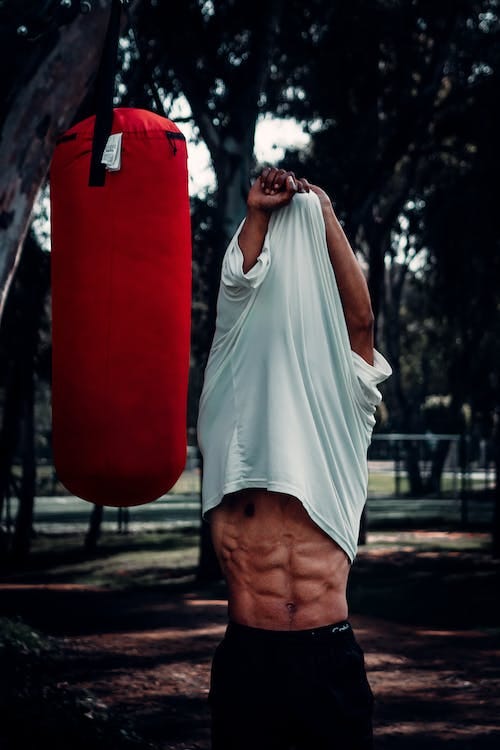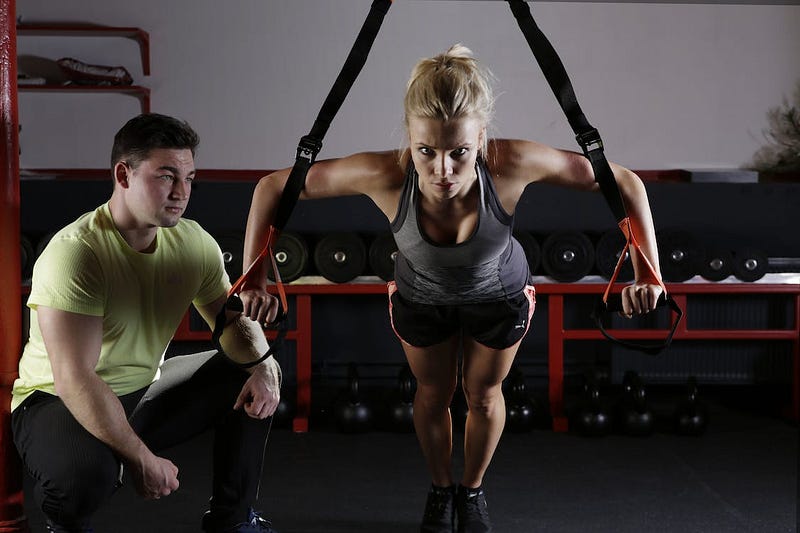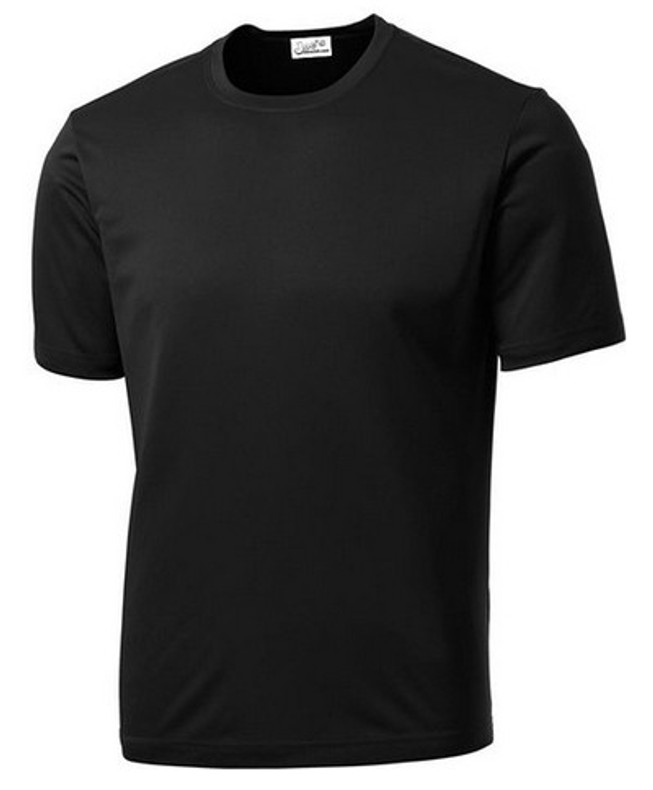Moisture Wicking, what is it and how does it actually work?
Sweating like crazy during your workouts? Are you looking to stay dry while you put in the hard work? Let us tell how you moisture wicking fabrics are able to keep you cool and dry.
Feeling cool and dry during your workout can make you feel comfortable and give you the feeling like you can go much longer and achieve your goals faster. Once, you put on a good moisture wicking shirt your only thought is going to be. How come I wasn’t wearing this shirt sooner in my fitness journey.
Why are moisture wicking shirts so much better than your typical cotton shirt? The reason is because of the science with in the moisture wicking fabric.

The science in Moisture Wicking shirts
Naturally, as you are working out you will sweat. As you sweat the moisture leaves your body and clings to the fibers of your shirt. If you haven’t switched to moisture wicking shirts, then your sweat is going to cling to the fibers your cotton shirt. Which, then you will be covered in a wet and heavy shirt for the remaining of your workout or until you are able to change.
Moisture wicking fabric uses a process known as capillary action. What is capillary action? Capillary action is defined as the spontaneous flow of a liquid into a narrow tube or porous material. Basically, what is happening is the moisture wicking fabric is acting like a channel from your skin to the outer layer of your shirt. Because the moisture wicking fabric is able to do this your sweat is able to evaporate easier and quicker off of your body. Thus, leaving you with that desirable cool and dry feeling.
The moisture wicking fabric isn’t the same as it was when it first came out. Moisture wicking shirts are being made with smaller threads to allow for a more efficient capillary action to take place. “The finer the diameter, the more individual fibers you can get in one yarn, which means more tiny channels that sweat can run along,” says Janet Brady, associate professor of materials technology at Thomas Jefferson University.
What are the best moisture wicking materials for you?
Like everything in life some things are better than others in different scenarios. Moisture wicking materials are no expectation. The following are the best moisture wicking materials and common times to wear them.
Polyester, is the go-to fabric and is the most common material you will find in moisture wicking gear. The reason why is simple. Polyester is durable, lightweight and breathable, notes Amie Dworecki, CEO and head coach of Running with Life. Polyester is a great choice for all activities and is staple in all of driequip shirts and long sleeves.
Polypropylene is one of the top cold weather moisture wicking material. It’s lightweight thermal properties give you that extra warmth to get moving. It is also ideal for layering under jackets in the extreme cold.
Nylon a breathable synthetic is another common material used in moisture wicking shirts. It delivers a comfortable feel while providing the moisture wicking properties you are looking for.
Merino wool is an uncommon material but can still be found in some moisture wicking shirts. You wouldn’t think a wool would ever be on this list, but it is. Merino wool absorbs the highest percentage of moisture for its weight, according to Brady. However, due to the shape of the fibers it creates a space in-between your skin in the shirt. In turn then cuts back on the wetness of the shirt and avoiding the wet heavy feeling you typically get from traditional cotton shirts.


